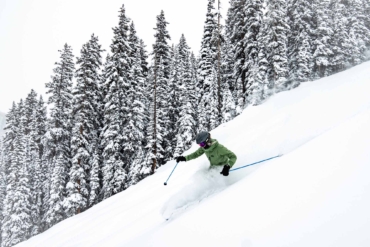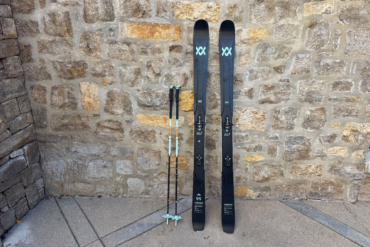Skin exposed to extreme cold can freeze, posing painful and debilitating injury.
In 2000, British explorer Sir Ranulph Fiennes was alone on an ice shelf heading to the North Pole when his sleds, filled with all of his supplies, fell through the ice. Incredibly, he was able to pull the sleds out by himself.
Fiennes walked out alive but not unscathed. Back home in England, his fingertips were blackened from severe frostbite. Despite his doctor’s insistence to wait for the pain to subside, Fiennes opted for his own extreme treatment. He headed to his shed, grabbed a fretsaw, and amputated his own dead fingers one by one.
Fiennes’s story is, to say the least, extreme (and questionable), but it showcases the real threat of exposure to extreme cold. We’ve outlined some tips to deal with frostbite as we head into the coldest part of the year.
Frostbite: What It Is
Frostbite occurs when extremely cold temperatures cause skin tissue to freeze. To preserve itself, the body stops circulating blood to these “disposable” parts. Ice crystals form, blood vessels clot, and tissue death ensues.
How To Identify Frostbite
- Frostnip is an early indicator of danger. The skin can be pale or red, feeling “prickly” or numb. You may feel a burning sensation as warm blood flows back into nipped skin. Fortunately, the damage isn’t permanent at this stage.
- Superficial frostbite will turn frostnipped skin pale, cold, and numb. Fluids in the skin freeze. The tissue may feel warm but be cold to the touch. Rewarming will cause stinging, burning, swelling, and may lead to blisters.
- Severe frostbite affects the deep, subcutaneous tissues below the skin. The skin will be numb and joints may no longer move. The skin might be hard and waxy-looking. Black, hard skin indicates tissue death. Blisters will occur after rewarming.
Where It’s Found
Frostbite usually affects body parts exposed to the elements or parts prone to losing temperature faster, like the nose, fingers, ears, and cheeks. But frostbite can occur even when wearing boots and gloves.
How To Avoid Frostbite
Cold skin is to be expected when you are out in the cold. But keep an eye out for early indications on the cheeks, nose, and digits – red skin, numbing, or a tingling feeling. These are all early indicators of freezing skin.
Traveling with others? Keep an eye on each other. Because numbness is often a key indicator, the victim may not even know they have frostbite until it’s too late.
Dress appropriately for the conditions, wearing layers and staying dry. Pay particular attention to your feet, hands, and ears.
If you are predisposed to cold digits, consider using heat packs for boots and gloves, especially for little ones who are more likely to get frostbite.
What To Do If You Have Frostbite
Get inside. Treat as you would for hypothermia. Hypothermia is a more dangerous threat and should be ruled out or addressed first. Remove wet clothing and get into warm, dry clothes.
Don’t walk on frostbitten feet – unless you have to. Take Dr. Beck Weathers, for instance, who was left for dead on Everest’s upper slopes. He miraculously walked himself out to high camp on two frozen feet, a frozen arm, and a frozen nose.
Rewarming should only be attempted if there is no chance of refreezing, which can cause further tissue damage.
Immerse the frozen areas in warm (NOT hot) water. Frostbite inhibits your ability to feel temperature, so victims should have someone help them prepare a warm bath between 100 and 108 degrees Fahrenheit.
If a warm bath is not possible, rewarm the affected areas with body heat.
It is not advised to rewarm frozen feet if you are in the backcountry. Once frostbitten feet are rewarmed, it is impossible for the victim to walk out on their own.
Do not rub the frozen area or use heating pads or stoves to rewarm frostbitten flesh. The tissue is extremely vulnerable and can easily burn.
Seek Medical Attention If…
- There are signs of superficial or severe frostbite
- You feel an increase in pain or swelling
- A fever develops
Worst-Case Frostbite Scenario
Sir Fiennes’ scenario is a worst-case example, so we’d recommend you follow doctor’s protocol rather than take matters into your own hands.
Fortunately, frostbite is almost always avoidable with a measure of self-awareness and some preventative steps.









